AI is transforming market research at breakneck speed. It can analyze vast datasets in seconds, extract sentiment from global conversations, and generate predictive insights that shape business decisions. The efficiency is undeniable. But AI alone is not enough.
Despite its advancements, AI will not replace human researchers. It operates within the confines of its training data, lacks contextual awareness, and cannot anticipate shifts before they emerge. AI is powerful, but it is not infallible. A misinterpreted trend or misleading prediction can lead to costly mistakes in consumer insights.
AI’s capabilities should not be mistaken for true intelligence or strategic thinking. It recognizes patterns in historical data but lacks industry expertise and the ability to ask the right questions in the first place.
Brands that rely solely on AI-driven research risk making flawed decisions based on incomplete, biased, or outdated data. AI will continue to reshape market research, but human expertise remains indispensable for interpreting insights, challenging assumptions, and providing strategic foresight.
AI Lacks Context – And That’s a Problem for Market Research
AI predicts patterns; it does not comprehend meaning. It processes language based on past data, but it cannot truly understand context the way humans do. This limitation becomes clear in market research, where cultural nuance, sentiment, and local market dynamics are critical in shaping consumer behavior.
Consider consumer sentiment analysis. A phrase like “That’s sick” can signal enthusiasm in one demographic but disapproval in another. In Japan, where indirect communication is common, consumers often soften negative feedback with neutral or ambiguous phrasing. AI models trained primarily on Western datasets may misinterpret this restraint as positive sentiment, leading to flawed insights.
AI’s failure to grasp deeper cultural shifts can also distort market trends. For example, an AI model analyzing China’s luxury market might highlight rising spending on high-end brands without recognizing the underlying sociopolitical drivers – such as government regulations on conspicuous wealth or the rising preference for quiet luxury among younger consumers.
Without human oversight, AI-driven research risks flattening cultural differences into misleading generalizations. An AI-optimized campaign, for instance, might target Gen Z in the U.S. and Southeast Asia with identical messaging, overlooking the vastly different values that shape purchasing decisions in each region.
AI processes data, but market research depends on understanding. Without human intelligence, context is lost.
Bias in AI Training Data
AI learns from data – flawed data leads to flawed insights. Bias in AI is not just a technical issue; it is a systemic challenge with real-world consequences for brands.
A Virginia Tech study of 555 AI models found bias in 83% of them. These biases stem from historical data imbalances, overrepresenting certain demographics, and cultural blind spots embedded in training datasets. In market research, this can distort consumer insights, favoring dominant markets while sidelining diverse global perspectives.
Western consumer behavior, for example, dominates many AI training datasets. A fashion brand using AI to forecast global trends may receive insights heavily weighted toward European and North American aesthetics, overlooking emerging influences from Southeast Asia, Africa, or Latin America. AI may predict minimalist designs as a universal trend, while in reality, bold prints and intricate craftsmanship remain strong drivers of demand in emerging markets.
Bias extends beyond market trends to language models. Sentiment analysis tools trained predominantly in English struggle to detect tone, humor, and idiomatic expressions in other languages. AI interpreting social media conversations in India may fail to recognize how Hinglish (a blend of Hindi and English) influences consumer sentiment, leading to misclassifications.
These biases have real economic implications. A global brand launching an AI-driven campaign based on incomplete or skewed insights risks alienating key audiences, misallocating marketing spend, or missing untapped opportunities.
AI is a tool, not a substitute for human judgment. Researchers are essential for auditing AI insights, diversifying training data, and ensuring context before brands act.
AI Can’t Think – Flawed Prompts Lead to Flawed Insights
AI is only as accurate as the prompts it receives. Unlike human researchers, AI does not refine its inquiries. It passively generates responses based on query structure – even if the prompt is flawed, vague, or misleading.
Even skilled, prompt engineers face limitations. A poorly phrased prompt can generate oversimplified, generic, or incorrect conclusions. AI does not ask clarifying questions; it provides an answer, regardless of accuracy.
Take a simple query: “What are the key market trends in China’s e-commerce sector?” AI will likely generate an answer from public sources, summarizing data that may be outdated, incomplete, or biased toward certain industries. But AI cannot:
- Verify insights against proprietary industry reports
- Assess real-time regulatory changes
- Distinguish between consumer behavior and aspirational trends
A human researcher, in contrast, would challenge surface-level answers, refine the inquiry, and verify data sources before drawing conclusions. They would incorporate firsthand industry reports, recent policy shifts, and expert interviews – elements AI alone cannot access.
This limitation is particularly risky when business leaders take AI-generated insights at face value. The consequences could be costly if a company bases expansion decisions on generic AI-driven market reports without considering local economic shifts or competitive dynamics.
Market research isn’t just about answers – it’s about asking the right questions. Until AI can think critically, human researchers remain essential for producing insights that are not just fast but accurate, relevant, and actionable.
AI and Data Privacy – The Hidden Risk for Market Research
Market research relies on proprietary data – confidential insights, sales figures, and competitive intelligence. However, AI models like ChatGPT cannot analyze private datasets unless directly integrated with a company’s internal systems. Even then, concerns over security, compliance, and intellectual property create significant barriers to full AI adoption in research.
Brands should be cautious about exposing sensitive business data to AI platforms. Customer transactions, internal strategy documents, and consumer feedback databases contain valuable insights that cannot be legally or ethically uploaded to public AI tools without strict safeguards.
Beyond security risks, data governance laws like GDPR (Europe) and CPRA (California) impose strict regulations on how consumer information is processed and stored. For example, an AI model generating insights from consumer purchasing data in the EU may inadvertently violate compliance rules if proper consent mechanisms are not in place.
Consider a global retailer analyzing sales trends. If it relies on AI without integrating its proprietary transaction data, the model defaults to public consumer trends, often failing to reflect internal sales dynamics. The result? A misleading picture of market performance.
Privacy concerns also extend to consumer sentiment analysis. AI scrapes insights from social media, forums, and online reviews, but consumers do not always consent to their data being used for machine learning. Without clear ethical guidelines, brands risk violating consumer trust – or even regulatory standards – by unknowingly using AI-driven research based on unauthorized data extraction.
For AI to be a viable research tool, brands must build secure, proprietary models that ensure privacy compliance without compromising analytical potential. Until then, human researchers remain essential in handling market data ethically and strategically.
AI Relies on the Past – And That’s a Problem for Forecasting
AI is built on history. Every insight, prediction, and analysis it generates comes from past data. AI excels at pattern recognition but struggles with the unexpected.
Generative AI cannot foresee market disruptions, cultural shifts, or industry-defining moments that lack historical precedent. It operates within the boundaries of its training data, making it reactive rather than truly predictive.
Had AI forecasted the future of digital advertising in 2018, it would have prioritized Facebook and Instagram, entirely missing TikTok’s meteoric rise. AI lacks real-world intuition, qualitative industry insights, and cultural foresight – critical skills that human researchers possess.
AI also fails to anticipate black swan events – unforeseen disruptions that reshape industries overnight. The COVID-19 pandemic, financial collapses, and geopolitical crises that trigger supply chain shifts are beyond AI’s predictive capabilities.
AI’s reliance on past data also reinforces outdated assumptions. A model trained on consumer trends from five years ago may still prioritize pre-pandemic spending behaviors, outdated media consumption habits, or product preferences that no longer align with reality.
Human researchers, by contrast, don’t just analyze the past – they interpret weak signals, identify emerging behaviors, and anticipate shifts before they become trends. They engage in social listening, expert interviews, and in-field observations, capturing the intangibles that AI misses.
Brands that rely too heavily on AI risk making decisions for a world that no longer exists. The real advantage lies in blending AI’s efficiency with human foresight.
AI’s Misinformation Problem – And Its Consequences for Market Research
AI doesn’t just analyze data; it generates it. And that creates a serious challenge for market research: misinformation.
AI models do not verify sources, cross-check facts, or assess credibility. They generate responses based on statistical probability – not journalistic rigor or industry expertise. As a result, AI can hallucinate, fabricate, or reinforce false narratives if the underlying data is flawed.
This can result in flawed, high-stakes decisions in market research. A global brand basing a product launch on AI-generated insights risks misallocating millions if the model’s training data is flawed, biased, or outdated.
Misinformation compounds over time. When biased assumptions are repeatedly fed into AI systems, errors are reinforced, creating a cycle of false insights. This is particularly dangerous in industries where consumer preferences shift rapidly and misinformation spreads easily – such as beauty, health, finance, and sustainability. If an AI model trained on outdated reports falsely claims Gen Z is abandoning luxury goods or that plant-based diets are declining, brands that act on these insights risk missing real opportunities.
Misinformation isn’t always deliberate – sometimes, it stems from incomplete or outdated datasets. However, in market research, the cost of acting on false data remains the same, regardless of intent.
Human oversight is essential. AI can accelerate research, but only human expertise ensures insights are accurate, credible, and free from misinformation.
AI Lacks Brand Intelligence
AI can process vast amounts of data, but it lacks brand-specific knowledge. Unless explicitly trained, it cannot access proprietary company reports, internal sales data, or confidential market intelligence. AI insights remain broad, generic, and detached from a brand’s unique positioning without direct integration.
In highly competitive industries, this limitation is costly. Consider a global CPG company researching snack preferences across different markets. AI can summarize consumer sentiment from public data but cannot:
- Analyze internal sales across product categories
- Evaluate past marketing campaigns’ impact on brand perception
- Incorporate real-time data from loyalty programs or first-party surveys
Without these layers of proprietary insight, AI’s recommendations remain surface-level. They may identify macro trends but cannot drive brand-specific decision-making.
AI also falls short in competitive analysis. It can compare publicly available brand narratives, pricing, and digital marketing strategies, but it cannot assess a competitor’s internal strategy. A luxury fashion brand entering India needs more than AI’s broad take on “Indian consumer behavior.” It requires firsthand research, competitor benchmarking, and localized insights – elements AI cannot generate independently.
Ultimately, market research is not just about understanding consumers – it’s about understanding them in the context of a brand’s goals, positioning, and competition. AI can identify trends, but only human researchers can align insights with business strategy, competition, and brand equity.
AI is a Tool – Human Expertise is the Advantage
AI is revolutionizing market research, accelerating data analysis and expanding access to insights. But it remains just that – a tool, not a replacement for human expertise. AI can summarize data, detect patterns, and automate tasks, but it cannot think critically, challenge assumptions, or grasp the deeper context behind consumer behavior.
Brands that rely solely on AI risk decisions based on incomplete, biased, or outdated insights – errors that can cost millions. Those who combine AI-driven efficiency with human judgment, strategic reasoning, and cultural expertise will gain a decisive competitive edge.The future of market research isn’t AI vs. humans – it’s AI with humans. The brands that master this balance won’t just adapt; they will lead.
Get regular insights
Keep up to date with the latest insights from our research as well as all our company news in our free monthly newsletter.


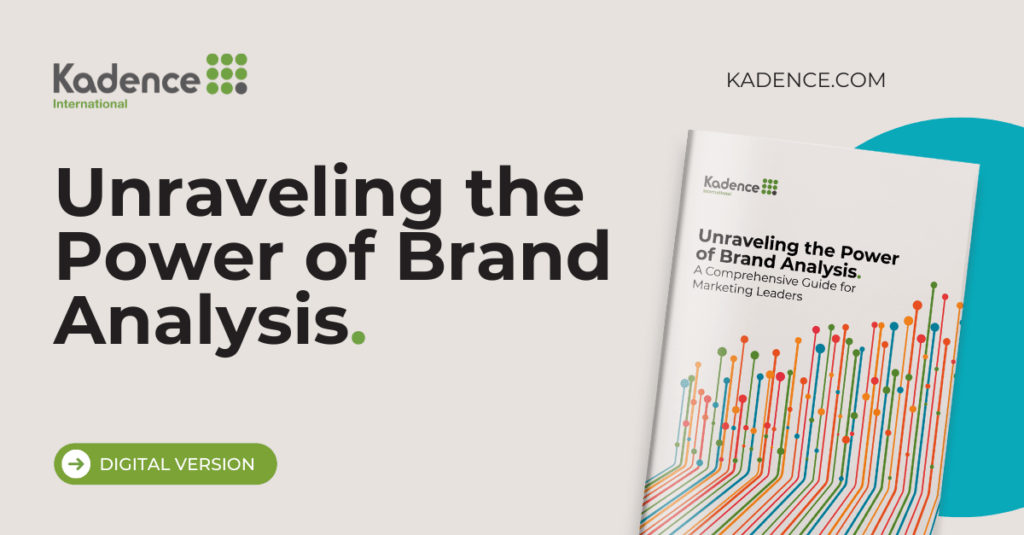
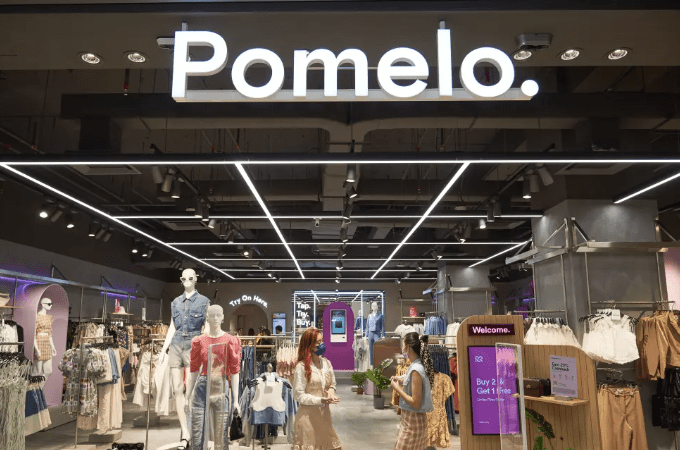


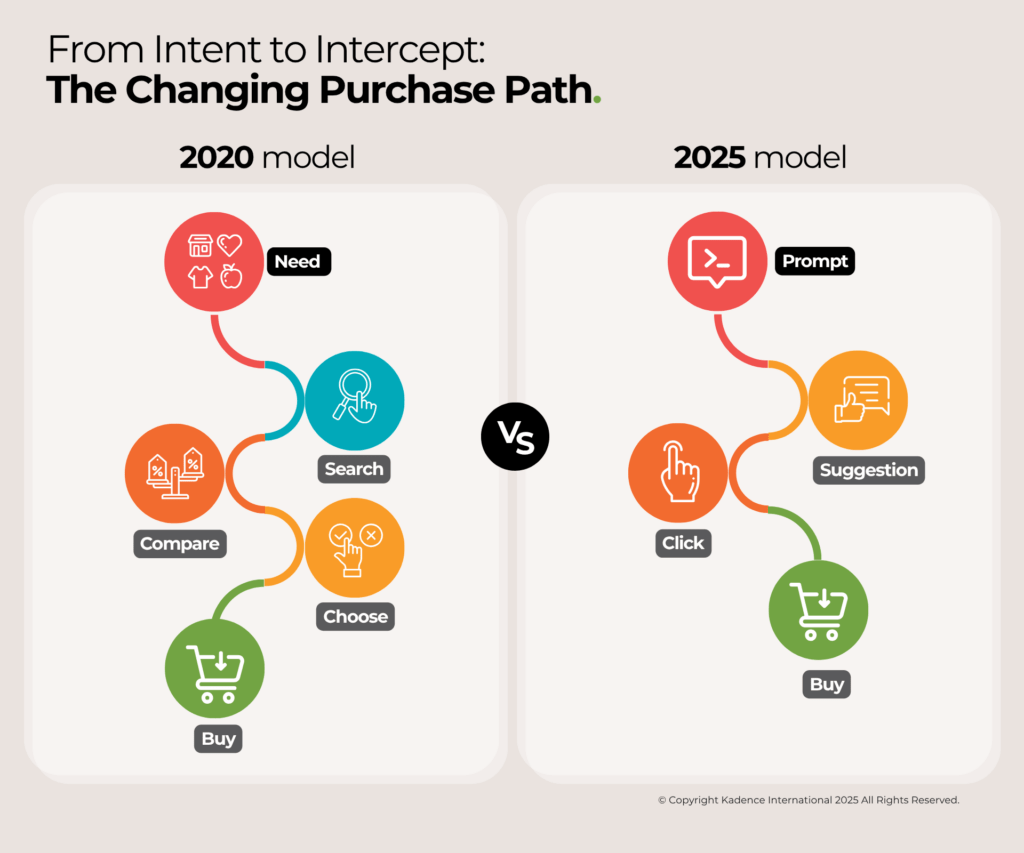

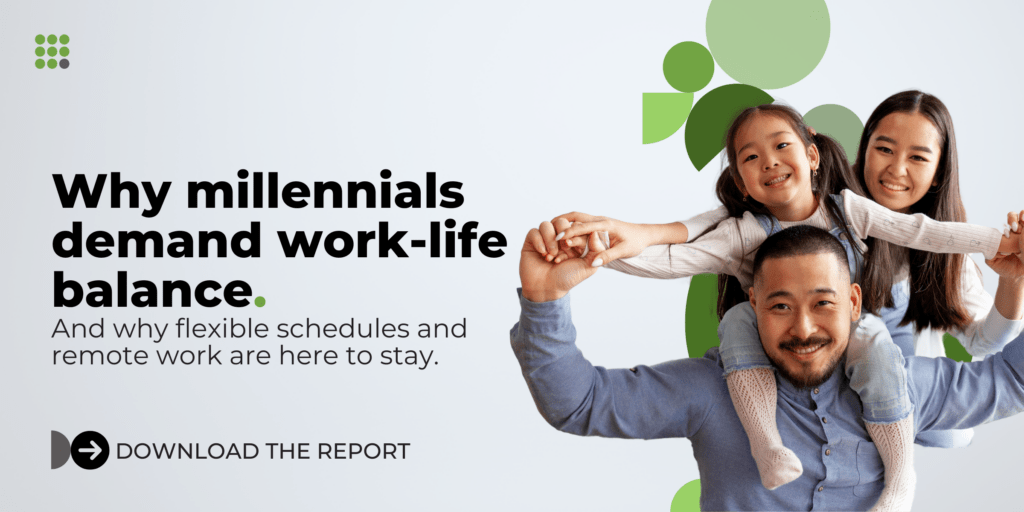

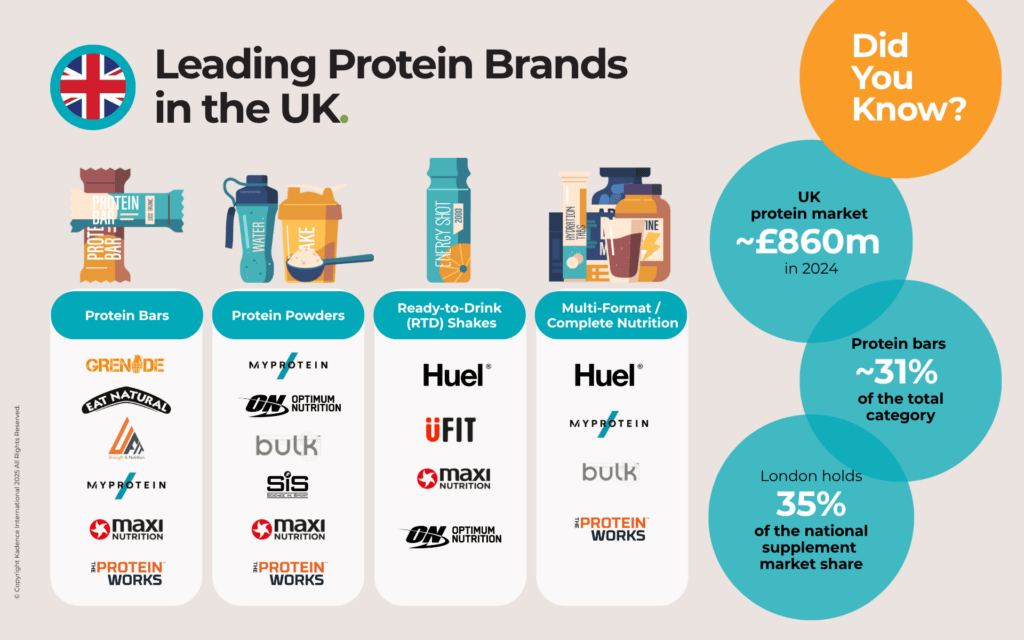
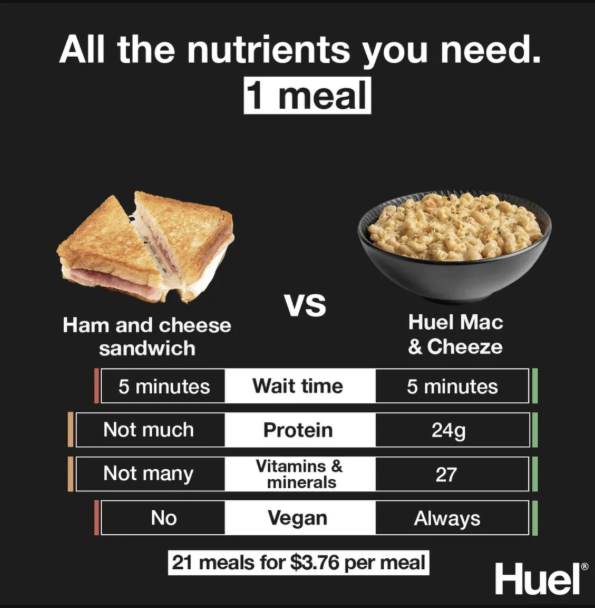


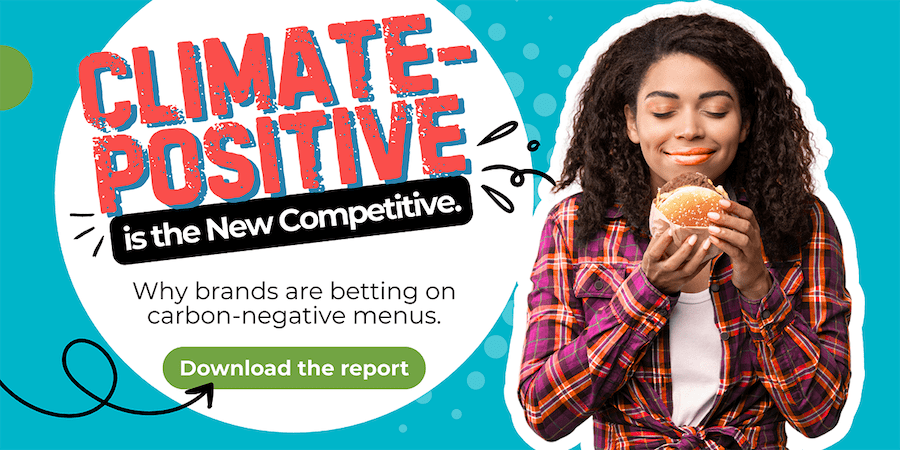





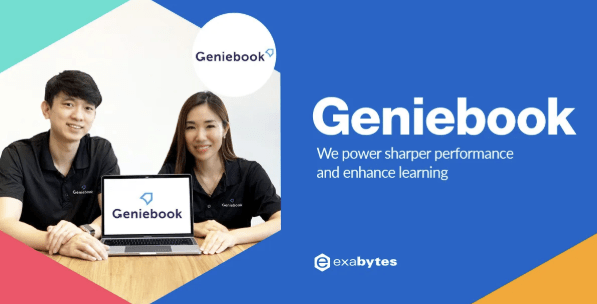

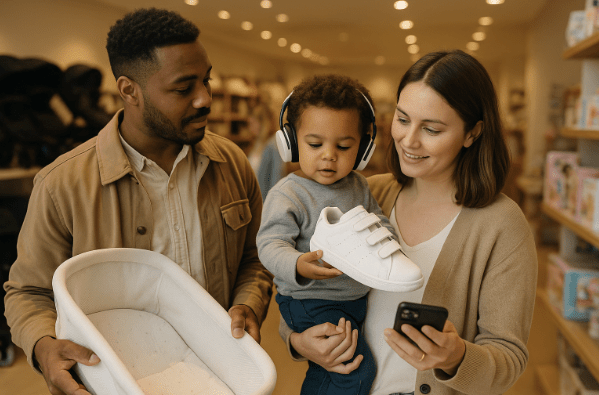






 Senior Marketing Executive
Senior Marketing Executive Sales & Marketing
Sales & Marketing General Manager PR -Internal Communications & Government Affairs
General Manager PR -Internal Communications & Government Affairs Vital Strategies
Vital Strategies
 Customer Intelligence Director
Customer Intelligence Director